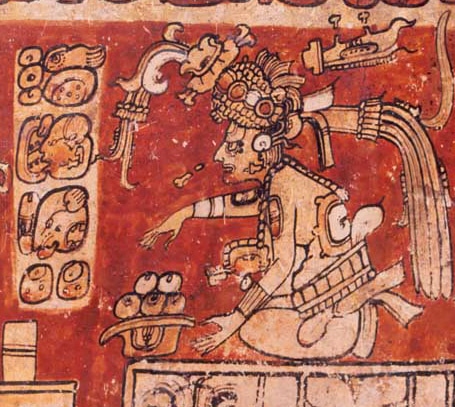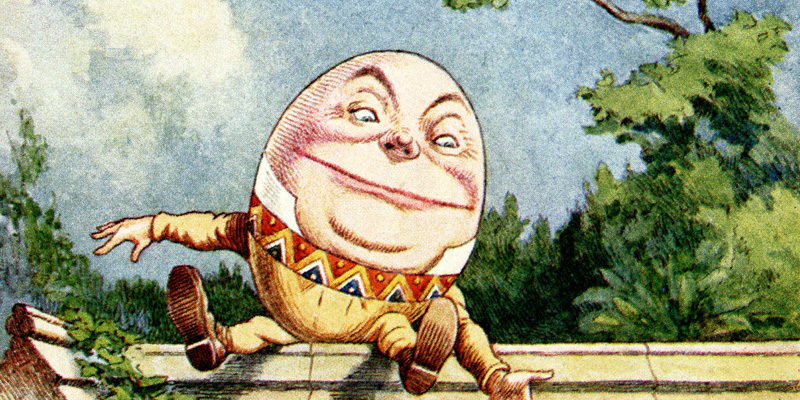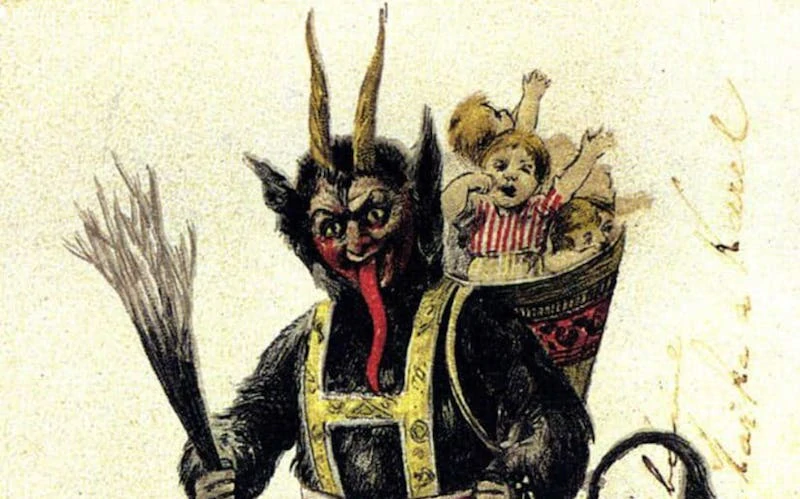Last updated on July 22nd, 2022 at 06:33 pm
The Maya civilization flourished in present-day Guatemala and Mexico from as early as 300 BC to about 1697. However, the civilization was largely unknown until the 19th century, when explorers began rediscovering their rich culture. Today, the word “Mayan” refers not to a single religion or ethnic group but to a collection of several different religious beliefs and practices passed down through successive generations. This article will explore what the Maya people believed and how their beliefs affected everyday life in ancient Mesoamerica.

Who Were the Maya?
The Maya are a group of pre-Columbian people known to have lived in ancient Mesoamerica. The exact identity of the Mesoamericans has been a subject of debate since the colonial era. Most contemporary research suggests that the peoples of this culture included the Maya of Yucatán, the Olmecs of Central America, and the Pipil of El Salvador. There is debate over whether the Maya should be considered one ethnicity or several different peoples. Still, for simplicity and clarity, we’ll see them as one overarching civilization.
What is the Maya Creation Story?
According to the ancient Maya, the universe began as a dark, primeval sea that existed in what is now the southeastern portion of the modern-day Yucatán Peninsula in Mexico. Their creation story is also known as the ‘Popol Vuh,’ which translates as the ‘Book of the Community.’
There were reportedly two gods before the world had the form we know today. One was Tepeu, the Maker God. The other was Gucumatz, the Feathered Spirit. These two gods came together to create the world. As they danced in the universe, they realized that whatever they thought about became a reality. The land was formed in the darkness when they thought of ‘Earth’. And so, they began to create the world through their thoughts of mountains, valleys, trees, and the sky. Over time, the Earth as we know it was formed.
How the Maya Gods Created all Living Things
However, with such a vast and expansive world to look after, the gods decided that they needed to create beings who would be capable of looking after the world for them. So, they made animals like serpents, deer, big cats, and other animals that roam the Earth today. So, naturally, the creators looked down on their creations and commanded that the beings praise their name. But, of course, the animals could only hiss, bark, roar, and bleat and could not say words or the creators’ names.
Men made of Clay
And so, disappointed that these new beings would not be able to praise and worship them properly, the makers agreed to work together once again to create a race of beings. These beings would be able to worship and appreciate them properly, as well as be able to ‘keep the days’ and track time. And so, the first race of men was created, made from the hands of the makers using wet clay. However, when the men opened their mouths to speak, the beings crumbled into dust, so the makers attempted to try again.
Men Made of Wood
This time, the makers created the beings by carving them out of solid wood. These beings were much stronger and harder than the first. Sadly, their solid minds contained no thoughts, and their hearts had no love. As a result, they were unaware of their creation, and when they opened their mouths to speak, only nonsense came out. Their words were void of meaning and purpose, resulting in them being completely unable to praise their gods and makers.
In a rage, the makers sent down a large flood to destroy their creations and to wipe their slate clean. They then sent some of the animals they created to hunt down the survivors. Some humans managed to escape, later becoming monkeys. The makers decided to let these monkeys go, allowing them to serve as a warning to the next race of humans.
However, the makers were still without people to look after their lands and worship them, so they tried again. This time, they made human beings from a stack of corn that grew on one side of the Earth. This seemed to work. The moment humans came to life, they instantly thanked the gods for them being created. This filled Tepeu and Gucumatz with pride.
The Mayan Gods Create Modern Humans
The gods, testing to see just how loyal these humans were, asked them what they could see, to which they replied;
“We can see forever, through rocks and trees and mountains and to the edges of the Earth. We can see your entire creation, with all of its animals and plants. We can see and understand everything!”
The makers were impressed with what they had created but agreed they may have made the humans too well since they shouldn’t be able to see everything they could see. And so, the makers removed some of the visions of the humans, weakening their understanding of the world. But not so much that they would not sing the praises and appreciation of their creators. Finally, the humans were ready.
And so, happy with their creations, the makers created women for each of men, totaling eight men and eight women that became the foundation of every human being on the planet.
There are, of course, variations of this story. Some versions detail the journey of the ‘Hero Twins’, a pair of twins who attempt to escape the cave they were created in and are then given the task of finding their other half, or ‘other self’, who ended up fighting against the lord of the Underworld, rising victoriously to the heavens where they became the sun and the moon.
Either way, the gods made human beings for a purpose, and it’s this tale and story that provides the foundation of all Maya religions and culture.
The Maya Solar Calendar
The Maya and many other ancient civilizations were able to observe the cycles of the sun and other celestial bodies thanks to the invention of the calendar. The earliest calendars were probably developed as methods of keeping track of seasonal changes or agricultural activities, but they were soon used to mark all sorts of other events in people’s lives, including political and social events, religious celebrations, and important trading and trade routes.
The Mayas were exceptionally skilled at developing calendars that were designed to track the movements of the sun and the moon. The Maya calendar was the most accurate of the ancient calendars, and its cycles were still used by the people of modern-day Guatemala and Mexico until the 20th century. This ties in beautifully with the fact that the gods and makers created human beings to track time on Earth, which is why they dedicated so much of their lives to creating such calendars.
Back then, the calendars used 20-day months and featured two years; the first being a 260-day Sacred Round, known as a tzolkin, and the 365-day Vague Year, or Haab. These two calendars coincide every 52 years. The 52 years was called a “bundle” and referred to as what we would call a ‘century.’
It’s incredible to think how incredibly accurate these calendars were, despite being around so long ago, and a testament to the Maya’s astronomical knowledge and their ability to track the movements of the sun, moon, and stars.
How did the Maya use their solar calendar?
There are also many stories of Maya scientists who used their knowledge to predict eclipses and other natural events, like earthquakes. It’s no surprise that these people were so interested in how time worked on Earth, as they were very aware that time is cyclical and will continue to repeat itself again and again.
The Maya were also highly skilled at creating calendars, which we can see in their art. They would capture images of animals on a day-by-day basis or depict a particular event happening at a specific time of day or on a specific day of the year. The calendar was so vital for them that it was even depicted in their artwork as part of their mythology.
In fact, many ancient cultures believed that there are beings out there who watch over us and make sure we don’t do anything bad in life. There’s even a belief that they’re special beings who created us; these beings are known as gods or creators (or sometimes called “gods”).
The Maya believed that these gods created humans in order to keep track of time on Earth; they are known as “kings,” “priests,” or “gods.” In fact, it is said that every person alive today has a God that lives inside of them, protecting them from doing anything bad.
The 2012 Maya Calendar
You may remember almost a decade ago when the year 2012 came around, and there was talk of the end of the world. This was due to the rumors about the Maya calendar that had been passed down for so many years; the Maya thought that their calendar had ended in 2012, which was also the end of a 60-year cycle.
The Maya calendar was based on the agricultural calendar. The Maya used a day that began at sunrise and ended at sunset, and they used an entire month to begin counting from one year to another.
The Maya believed there were two life cycles: the Long Count and the Short Count. The Long Count was a cycle that lasted for 5,125 years. This cycle was supposed to end on December 21, 2012.
The Short Count was a cycle that lasted for 13 kʼatuns or around 7,200 days; this is the cycle that is still going on today.
The Maya also believed in five heavenly bodies (the Sun, Moon, Venus, Mars, and Mercury). They believed that these bodies were significant in predicting what would happen in the future. It’s this connection with time that the religion of the Maya was founded on and what many of their spiritual traditions were constructed around.
The Maya Spiritual Traditions
The spiritual traditions of the Maya revolved around astrology, astronomy, and mathematics. Astrology was used by the Maya to forecast the future of people and empires and was based on the movements of the sun, moon, and planets. It was also used to make predictions about the lives of individuals, such as the time and place of their birth, their health and longevity, and their personality traits. Astronomy was also significant to the Maya and was used to predict natural disasters, such as earthquakes, and to create calendars that marked the passage of time. The Maya used a variety of systems to track the passage of time, including the 260-day tzolkin calendar and the 365-day Haab calendar.
During the Short Counts and various times of the calendar, there would be festivals held for specific gods and deities, as well as sacrifices made to ensure that the gods acted favorably towards humans. Many yearly cycles also had their own gods and lords, known as ‘Year Bearers’, that would be worshipped for good fortune and favorable acts throughout the year. Each lord and deity would have its own priest.
These gods were also worshipped throughout the year for various aspects of everyday life, such as performing rain dances to make the skies rain when crops needed watering and for luck when hunting in groups in the surrounding areas. Certain territories and aspects of the land, such as ancestral grounds and watering holes, were also worshipped to ensure they maintained their power.
Religious Festivals
The Maya also celebrated religious festivals that were designed to bring together members of various spiritual groups and foster cooperation between them. In some Maya cities, these festivals were held every few years and were usually celebrated with public ceremonies and feasts. In other areas, however, they were celebrated every year by a small, secret group that was made up of only men. The most important Maya festival was the Mesoamerican New Year, which was celebrated in January or February.
The festival celebrated the New Year and the Earth and was also celebrated every 260 days on the calendar. The Maya also celebrated numerous other shared festivals and rituals, including a ball game that ended in human sacrifice, a human sacrifice at the end of a 365-day solar calendar, and ancestor worship that helped and celebrated souls of the dead that were or had made their way over to the afterlife.
The Maya Connection to Dreams and Divination
The relationship between the Maya and dreams was well-known to scholars until the 20th century, when the idea that ancient civilizations had no clear line between dreams and reality came to dominate Western thought.
This new way of interpreting the Maya Connection to Dreams and Divination arose from the theory that (1) dreams are simply the product of our own imaginations, and (2) there is no scientific way of knowing what a dream tells us is true.
In the last several decades, researchers have begun to revisit the idea that dreams might be interpreted as messages from the supernatural, so it will be very interesting to see where this goes.

